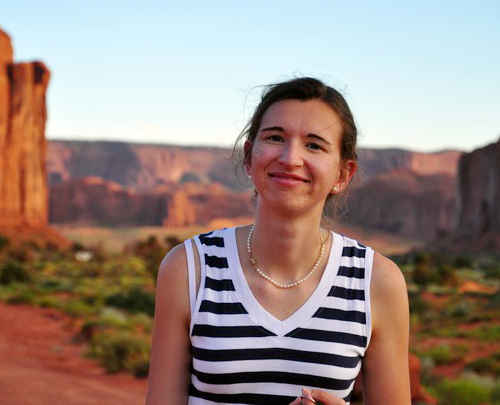Anna-Sophia Wahl — a neuroscientist with the Brain Research Institute at the Swiss Federal Institute of Technology, in Zurich, as well as a physician with the Central Institute of Mental Health in Mannheim, Germany — talks with us about her open-access article “Optogenetically stimulating intact rat corticospinal tract post-stroke restores motor control through regionalized functional circuit formation” (PDF) published on October 30, 2017 in the journal Nature Communications with multiple co-authors.
Videos from Study
Websites
- Computer Vision research group at the University of Heidelberg
- Supplemental Materials from the study (including data and code)
- Optogenetics Explained:
Press coverage
University of Heidelberg press release, MedicalXpress, JuraForum (German), AlphaGaliLeo, IDW (English), IDW (German), MyScience
Bonus clips
Patrons of Parsing Science gain exclusive access to bonus clips from all our episodes and can also download mp3s of every individual episode.
Support us for as little as $1 per month at Patreon. Cancel anytime.
Patrons can access bonus content here.

We’re not a registered tax-exempt organization, so unfortunately gifts aren’t tax deductible.
Hosts / Producers
Ryan Watkins & Doug Leigh
How to Cite
Watkins, R., Leigh, D., & Wahl, A.-S.. (2018, March 21). Parsing Science – Stroke Recovery with Light. figshare. https://doi.org/10.6084/m9.figshare.6007733.v2
Music
What’s The Angle? by Shane Ivers



Optogenetically stimulated rats not only had better paw and forelimb function after motor control training, but they also developed new neurons. this effect was enhanced, both in the near-term as well as over time, by anti-nogo immunotherapy. Lastly, we asked Anna-Sophia to help to help us understand the importance of her study in the larger context of research on stroke recovery, as well as what direction this line of research might take her next.@rwatkins says:
Anna-Sophia’s research used light to spur nerve growth in brain tissues that had experienced stroke. We will get back to the use of light to control neurons in living tissue, called optogenetics, shortly, but started out by asking what exactly a stroke is.@rwatkins says:
Anna-Sophia is a neuroscientist as well as a physician, but she’s not a computer scientist or engineer. To conduct her research, she collaborated with colleagues in diverse fields to bring the skills necessary for a successful study. This type of interdisciplinary research is quickly becoming a standard for research in many disciplines, as she discussed with us next.@rwatkins says:
Basic science, especially when it is to be the foundation of future human trials, requires a very high quality of controls. Here Anna-Sophia tells use more about the controls they used in the study to ensure that their results were as unassailable as possible.@rwatkins says:
In order to determine how successful the treatments were in regaining motor function, Anna-Sophia had to develop a method to determine if the behaviors that rats engaged in after having a stroke induced was the same motor function that had previously been damaged … or if it was a new coping technique which they learned after the stroke. To achieve this, she teamed up with computer scientists who applied machine learning algorithms to examine videos of rats’ grasping postures before and after stroke.@rwatkins says:
In 2010, the interdisciplinary research journal Nature Methods named optogenetics the "Method of the Year" across all fields of science and engineering. That year, the journal Science also highlighted it as a "Breakthrough of the Decade." For researchers to gain control over individual neurons in living tissue through optogenetics, light-sensitive proteins must be introduced in the brain, carried by viruses which target the intended cells. Here Anna-Sophia discusses the benefits and challenges of using optogenetics in her research.@rwatkins says:
Long before medical interventions can move on to human trials, medical studies are typically carried out first in rodents, such as mice and rats. Anna-Sophia followed a strict protocol to create the proper conditions for inducing strokes among rats, followed by a strict regimen for helping them regain their motor controls. Here she describes how she set up these experiments.@rwatkins says:
Optogenetics is a technique in which laser light is used to control cells in living tissue. These cells, which are typically neurons, can be closely controlled, allowing researchers to pinpoint their therapies, even in animals that are both awake and moving freely. We asked Anna-Sophia to describe how the technique was used in her team’s study.@rwatkins says:
Strokes often lead to a loss of motor control when the brain’s connections to nerves have been damaged. At the heart of Anna-Sophia’s research is the growth of nerve fibers in the corticospinal tract. We asked her to talk with us about what her team has already been able to accomplish to date in promoting the growth of new nerve fibers, and how this work led to their present study.